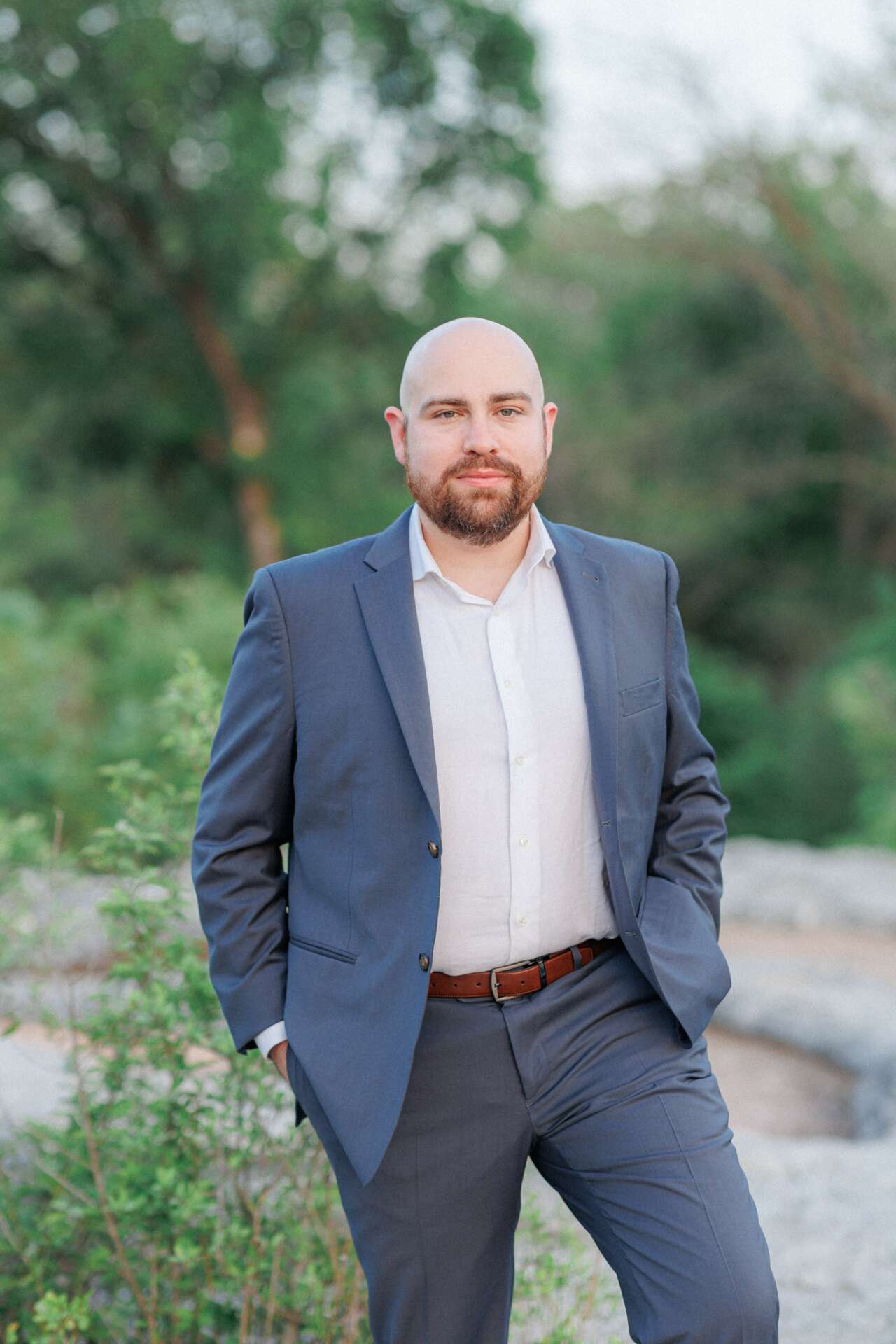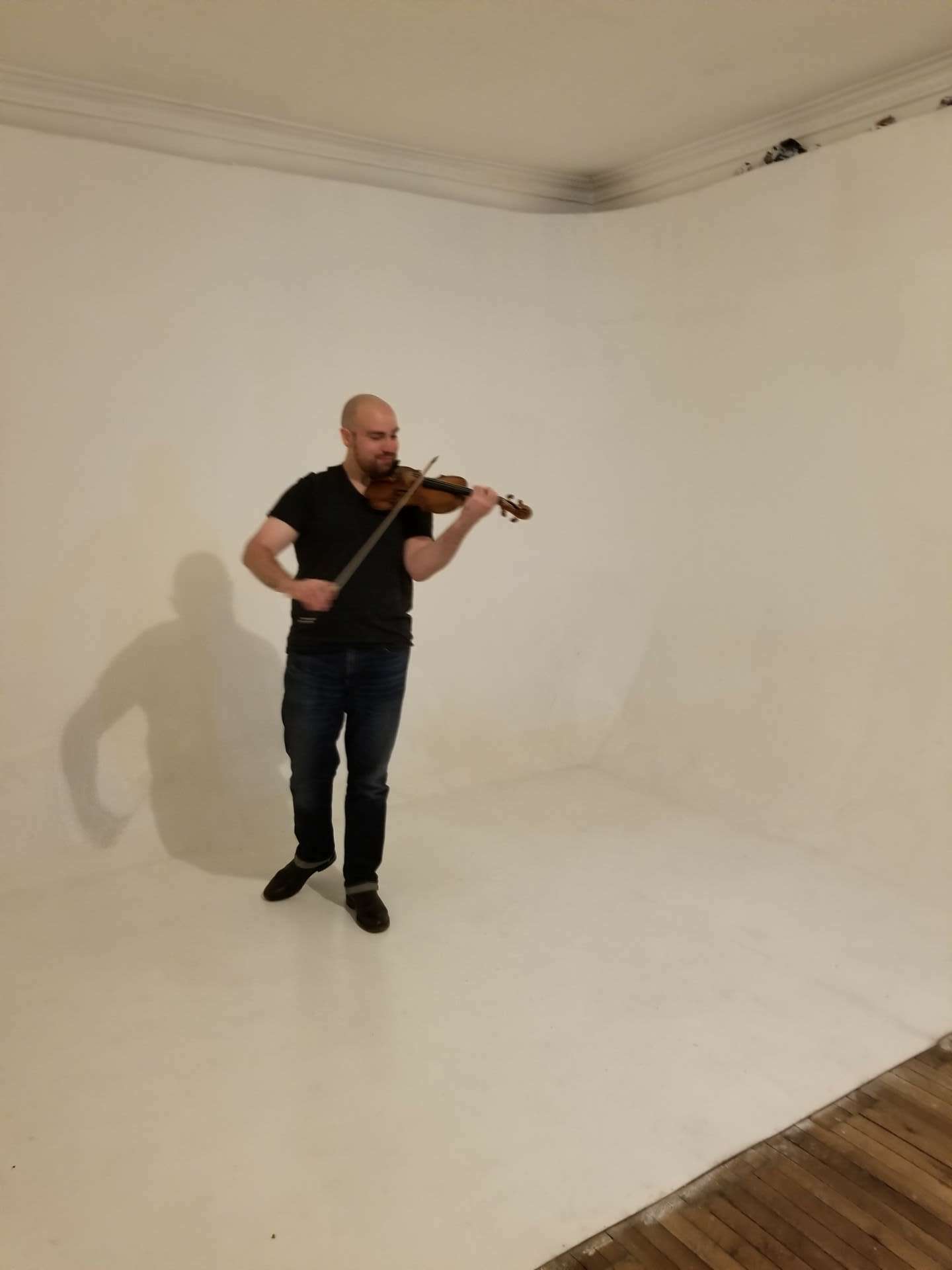We recently connected with Antonio Cevallos and have shared our conversation below.
Antonio, looking forward to hearing all of your stories today. We’d love to hear about a project that you’ve worked on that’s meant a lot to you.
One of the most meaningful experiences that I have had is my work in Quito, Ecuador. Before COVID I co-directed an international music festival in Quito that lasted for several years called Musica Ocupa. The concept was to have performances in non-traditional spaces so no concert halls. Instead, we held concerts in open air markets, town squares, churches and many other public spaces. We were able to bring artists and collaboration from some of the worlds greatest organizations and ensembles such as The London Symphony Orchestra, The Chicago Symphony Orchestra and The Berlin Philharmonic.
As someone who had zero background in business this was an incredible undertaking. I had a part in organizing grants, fundraising, concert organizing, concert promoting, playing in the concerts and curating educational outreach all while not living in that country. The learning curve was steep, however, I came away with some incredible experiences and learned some very valuable lessons on how to run a music related business.

Antonio, before we move on to more of these sorts of questions, can you take some time to bring our readers up to speed on you and what you do?
Hi! I my name is Antonio Cevallos and I am a classical violinist living in Austin, TX.
My musical journey in Austin began in 2016 when I started a Masters Degree at the University of Texas, Austin Butler School of Music. This was an incredible opportunity for me as I was fortunate to be able to work with some of the worlds greatest teachers and performers. As a classical violinist there are a few natural avenues that many of us take and one of them is to play in an orchestra. Midway through my degree program I began to regularly play with the San Antonio Symphony. This was an incredibly enriching experience that I was fortunate to get. The classical music world is incredibly competitive and spots in orchestras are difficult to come by.
After graduating I continued playing with the SAS as a substitute musician and taking whatever gigs I could find. My dream was to become a fully employed musician which culminated with taking an audition in the fall of 2019 and being awarded a 1 year contract with the SAS. Unfortunately, we all know what happened next.
Over the course of the pandemic I spent a lot of time reading and learning during our time in quarantine. I researched violin teaching methods and began working on creating my own teaching method. Over the next year I began compiling all of the material that I wanted to incorporate into my technique book. Additionally, I wrote down a few of the exercises that I teach all of my students and after another 6 months the first edition of my Cevallos Violin Method was complete!
When our quarantine was over, I began to rebuild my teaching career and look toward the future. I dreamed about creating a program that would enrich students in their music studies. One of the most important ways to perform as a musician is with a group and in classical music, playing in a string quartet is one of the most influential and important parts of that journey. This led to the creation of Chamber Academy Austin. The goal of CAA is to teach small ensemble chamber music to students in school. The program has turned out to be incredibly successful and the students have grown and blossomed incredibly!
In the digital space, I run an Instagram page called Violin Mastery @violin.mastery. This account focuses on helping aspiring violinists master the fundamentals so that they can express themselves creatively. I post tips and exercises as well as clips of my own playing. My goal with this page is to be able to help students that do not have immediate access to high quality teaching or coaching.

In your view, what can society to do to best support artists, creatives and a thriving creative ecosystem?
There would be chaos if there was no music. Music can drastically effect your mood and every aspect of your daily life. I believe that there are numerous ways that society can support artists and creatives. Firstly, support the State and Federal funding of arts education. This helps nurture young talent and provides the skills and knowledge necessary for creative careers. It is unfortunate but all too often when a school looks for ways to save money in the way of budget cuts, music and the arts are the first on the chopping block.
On a larger community scale, public art initiatives create a healthy and vibrant addition to a cities culture. With investments in things such as murals, sculptures, and art installations it beautifies public spaces and inspires us.

Do you think there is something that non-creatives might struggle to understand about your journey as a creative? Maybe you can shed some light?
In my experience creativity doesn’t always follow a predictable schedule. Non-creatives might struggle to understand that the spark of inspiration can strike at any moment. It’s not limited to a 9-to-5 workday or any specific environment. The creative process often involves a constant ebb and flow of ideas, and harnessing inspiration can be elusive. Also, creatives often face a higher degree of rejection and failure compared to some other professions. A person not involved in the arts might not fully grasp the emotional toll that comes with putting your work out into the world, only to be met with criticism or indifference.
Rejection is a part of the creative process, and it can be very disheartening. The act of creating, whether it’s art, music, writing, or any other form, often involves putting a piece of oneself into the work. This can make creatives feel vulnerable when their creations are open to public scrutiny. I have struggled with this at many times in my life and it is certainly not the best place to hang out mentally.
One metaphorical image I like to talk with my students about is that when you look at an Olympic podium on the surface all you see is 3 winners, Gold, Silver and Bronze. What you don’t see is their entire life of dedication that led to this moment. Years of blood, sweat, tears, breakdowns, failing and failing again and again. There is a quote that I love from Lionel Messi the famous soccer star “It took me 11 years to be an overnight success”
Many may not realize the emotional investment and courage it takes to share one’s creations. Doubting one’s abilities and the quality of their work is a common struggle for creatives. Non-creatives might not fully appreciate the constant battle with self-doubt that many artists face, regardless of their level of success. This feeling of imposter syndrome has effected even the worlds most famous artists. There are so many stories of famous painters and composers that burned or thew away what we would consider a masterpiece.
Composer Johannes Brahms famously destroyed most of what he wrote as he was forever feeling that he was living under the shadow of Beethoven. In his mind he created a reality that he would fail to live up to his own incredibly lofty expectations of “being as good as Beethoven”. Anything that did not meet this criteria was seen as a complete and total failure.

Contact Info:
- Website: www.violinmastery.net
- Instagram: @violin.mastery
Image Credits
Marshall Tidrick Esther Makau


